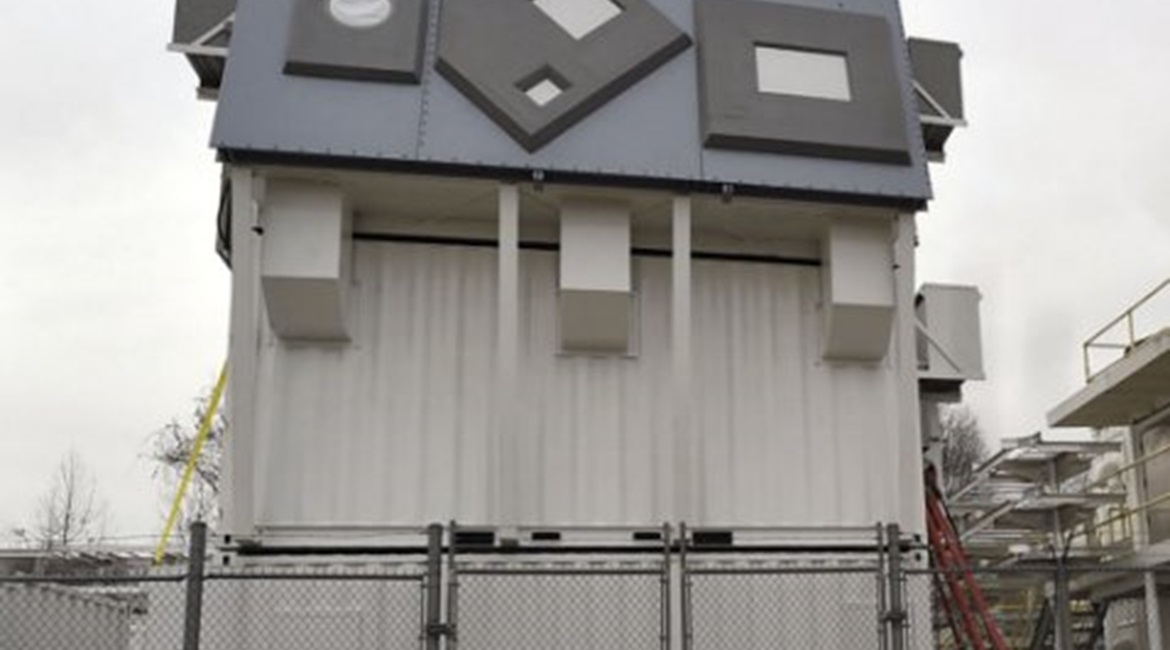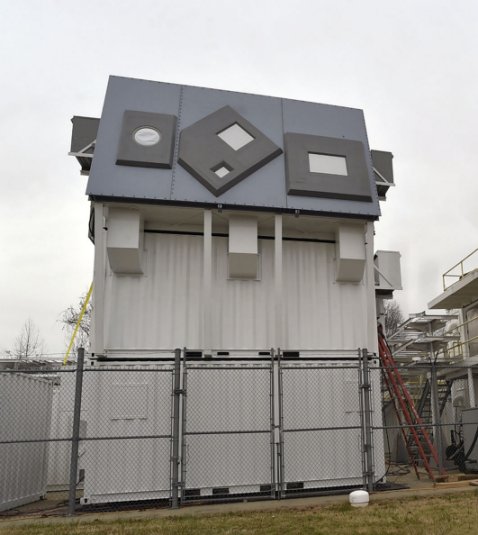
Northrop Grumman and the US Naval Research Laboratory (NRL) have demonstrated simultaneous multifunction radio frequency (RF) resource management and antenna sharing during testing of a prototype system at NRL’s test facility in Chesapeake Beach, Maryland.
The Low-Level Resource Allocation Manager (LLRAM) programme forms one part of the Office of Naval Research’s (ONR) long-running Integrated Topside (InTop) Innovative Naval Prototype (INP) programme.
Building on previous multifunction RF systems research, the InTop INP was established to develop a scalable family of integrated multifunction apertures and electronic subsystems able to support radar, electronic warfare (EW), information operations (IO), and communications functions.

The InTop EW/IO/COMMS system deployed at NRL’s Chesapeake Bay Detachment served as a testbed for Low-Level Resource Allocation Manager. (Northrop Grumman)
Developed by Northrop Grumman since 2011, the LLRAM manages resource allocation, prioritisation, calibration, and frequency deconfliction system-wide to optimise RF performance. It has been integrated with a Multibeam EW/IO/COMMS advanced development model (ADM), also build by Northrop Grumman. The EW/IO/COMMS system prototype leverages four wide-band active electronically scanned array antennas (low-band transmit/receive and high-band transmit/receive) covering C – mmW bands.
According to Northrop Grumman, the company completed a critical test of the LLRAM and Multibeam EW/IO/COMMS ADM during September 2019 at NRL’s Chesapeake Bay Detachment. “LLRAM in conjunction with the [EW/IO/COMMS] system demonstrated the simultaneous sharing of a single antenna, while flexing its adaptable size and antenna pattern capabilities, and performing a mission that would have required multiple dedicated antennas in the past,” the company said in a 28 October statement, adding: “The significance of the test is to enable future antenna reductions on ships that are already capacity-constrained, allowing for more advanced…capabilities in an ever-increasingly complex [RF] environment.”
Looking to read the full article?
Gain unlimited access to Janes news and more...


